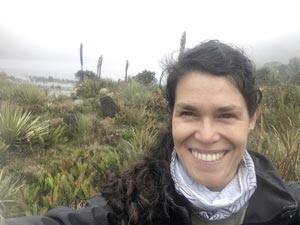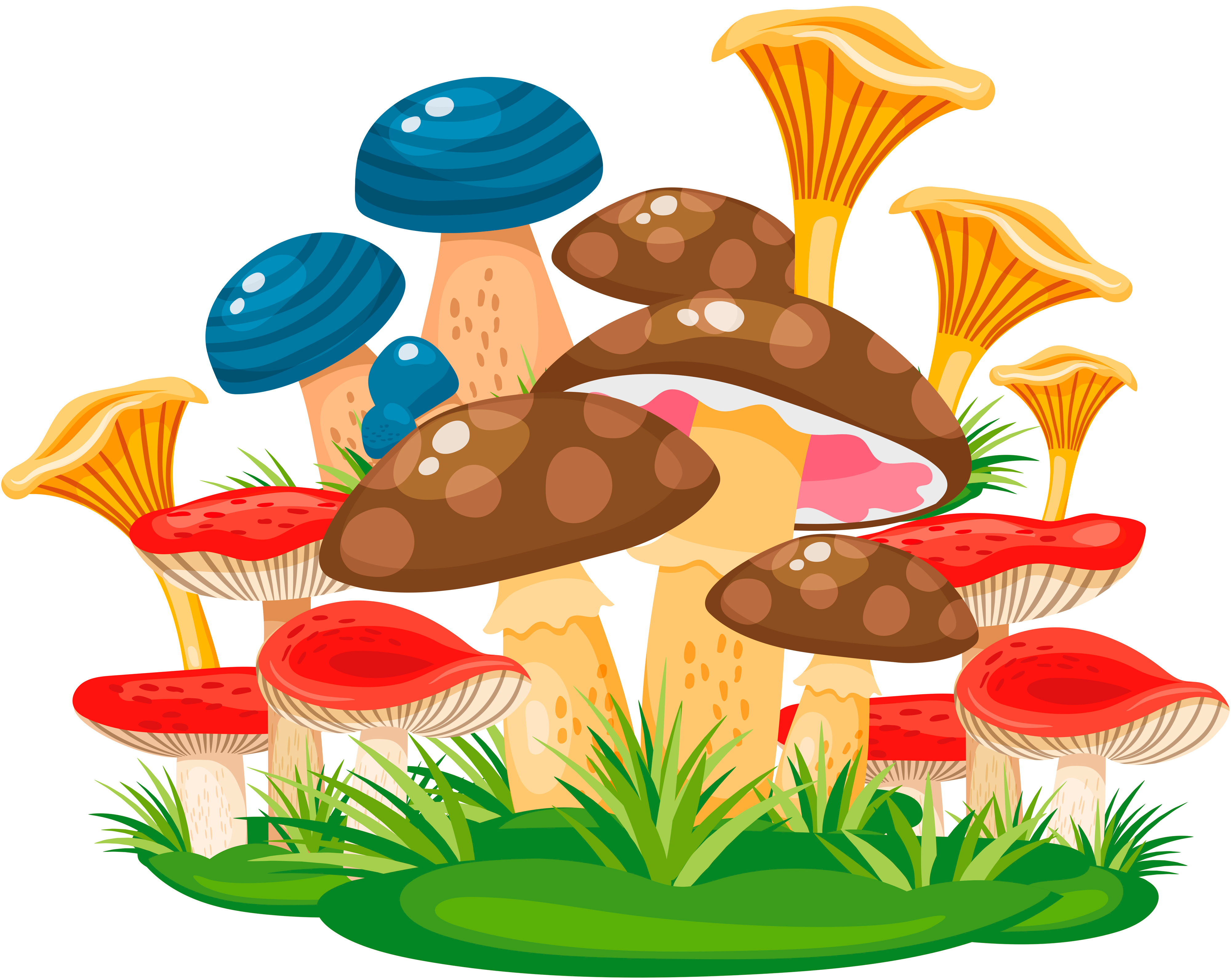Fungui: the engineers of the wood
By: Amira Abultaif Kadamani
Photos:
Environment

By: Amira Abultaif Kadamani
Photos:
From the same creators of “without bees, there is no food,” which is a naked truth, there is just another undeniable: “without fungi, there are no plants.” Why? Because fungi give the plant mineral nutrients and water and, in exchange, obtain energy—carbohydrates—and vitamins that they could not synthesize on their own, but can get through their green friend via photosynthesis and other internal processes. This symbiotic relationship is known as mycorrhizae, from the Greek mycos (fungus) and rhizos (roots) of a plant.
Forest engineer Adriana Corrales, PhD in plant biology, and her undergraduate student from the biology degree Michelle Vera, discovered a new species of fungus with two subspecies, one in Colombia and another in Panama, associated with oak woods. This discovery sheds light on how this interplay has evolved. The details of this happy marriage are as follows.
The species found is Russula floriformis and the two subspecies are Russula floriformis subsp. floriformis and Russula floriformis subsp. symphoniae
Russula floriformis subsp. floriformis found in the Chicaque Natural Park, approximately 55 km from Bogotá. Six specimens were collected for study, its host plant: oaks from the species Quercus humboldtii.
Only this type of oak is found in Colombia, which, in turn, is the only South American country having oaks. Its closest relative is the Quercus costaricensis, present in Costa Rica and Panamá.
However, its partner is Russula, the genus of macrofungi with the largest number of species in the world and quite diverse in the tropics.
However, they are subsampled in this region. That is to say, in Colombia, only 15 species of Russula (among some 2,000 in the world) have been identified, but along this connection between Central and South America, the scientists suspect there is a vast diversity. Identifying them is a promising challenge
Slovakian mycologist Dr. Slavomír Adamčík is considered a world expert on Russula. Together with other international collaborators, he carried out part of the study developed by the two researchers from the Universidad del Rosario.
About fungi, their reproduction method draws my attention, how diverse they are, and the number of life form they have. I like to study them from an ecological standpoint, particularly their communication with plants,” claims Michelle Vera, who won a grant from the International Association for Plant Taxonomy to visit Dr. Adamčík’s lab in Slovakia
Life was originated in the water, and fungi terrestrial environments. This association was set from the beginning of the evolution of terrestrial plants that is why there are no plants without fungi. The fungus kingdom is essential for the survival of the plantae kingdom.
Fungi, for a good reason, make connection between plants because roots are not usually connected. Fungi form is known as the “Wood Wide Web” or the internet of plants.
A type of fungus can be associated with different trees, and, conversely, a type of tree can be related to diverse fungi. There are two kinds of association, called mycorrhizae: endomycorrhizae (arbuscular) and ectomycorrhizae.
he Russulas are ectomycorrhizal, accounting for only 2% of mycorrhizae growing in the country. They are only found in oak trees and arboreal species that are not frequently found in Colombia
“Besides being an essential part of the survival of plants, mycorrhizae shape the forests; they are like ecosystem engineers because they can change the cycles of nutrients to favor the species associated with them,” as Adriana Corrales explains.

About fungi, their reproduction method draws my attention, how diverse they are, and the number of life forms they have. I’d like to study them from an ecological standpoint, particularly their communication with plants,” comments Michelle Vera, biologist.

"When fertilizers, such as nitrogen or phosphorus, are supplied to the soil, the plant intakes them by itself, stopping the passing of sugars and vitamins to the fungus and focusing on enlarging its roots to obtain more nutrients directly. This makes the plants more dependent on agrochemicals and disrupts the relationship with fungus, whose ecosystemic services get into a tight corner,” asserts Adriana Corrales, researcher at the Faculty of Natural Sciences.
